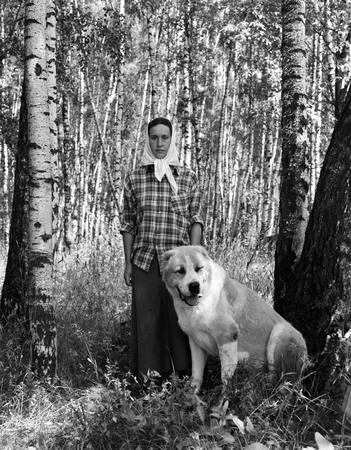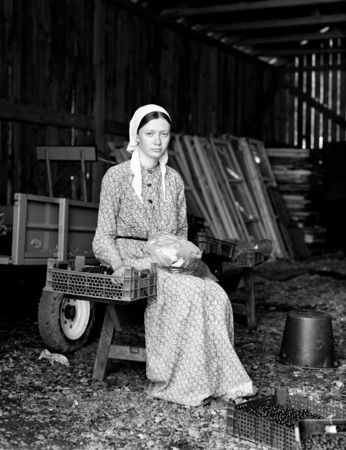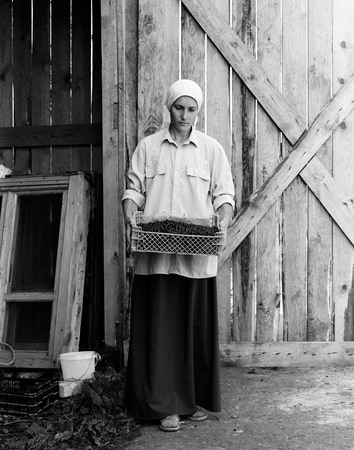Obedients



Anastasia Khoroshilova. From “Obedients” series. 2008. Collection of the artist, Berlin-Moscow. © Anastasia Khoroshiliva
Anastasia Khoroshilova. From “Obedients” series. 2008. Collection of the artist, Berlin-Moscow. © Anastasia Khoroshiliva
Anastasia Khoroshilova. From “Obedients” series. 2008. Collection of the artist, Berlin-Moscow. © Anastasia Khoroshiliva
Moscow, 28.03.2009—26.04.2009
exhibition is over
Moscow Museum of Modern Art
Petrovka St., 25
Share with friends
Collection of the artist, Berlin-Moscow
Courtesy Gallery Ernst Hilger, Vienna
Supported by Société Générale Vostok Bank
Courtesy Gallery Ernst Hilger, Vienna
Supported by Société Générale Vostok Bank
Supported by Société Générale Vostok Bank
For the press
The ‘Obidient’ series was photographed at a convent near Moscow (Holy Trinity Novo-Golutvin Convent, Kolomna) in 2008.
In my previous work (‘Islanders’,
Above all I was interested in ‘points of intersection’ between the global social space and the everyday setup or ‘statute’ of distinct social structures, as a rule constructed on the principle that there is no outside observation. Any ‘eyewitness testimony’ from an outsider unmasks the complex psychological constitution of mutual relations within the community and reveals individual characteristics or ‘tags’ identifying personality. This can temporarily liberate a person from conventions established within the given closed group and open a chink in the protective shell around them.
But in my portrayal of the convent different rules apply. Voluntary acceptance of the monastic way of life linked solely and undoubtedly to inner demand for religious Christian service forms a completely different system of relations with the ‘secular’ observer. Most likely this is an unobtrusive invitation to a dialogue whose length and depth depends more on the guest and his open-mindedness, his desire and ability to understand and evaluate the ‘exemplary’ nature of monastic existence.
It is precisely the simple and natural quality of monastic obedience in a convent setting with its own specific harmony that lay behind the idea and concept for ‘Obidient’.
The zeal, sincerity and noble humility of the ‘sisters’ unexpectedly struck me as indications of something incommensurably greater than the daily prayers and everyday concerns of monastic life, and individually this revealed something of a loftier and more general nature.
Anastasia Khoroshilova



